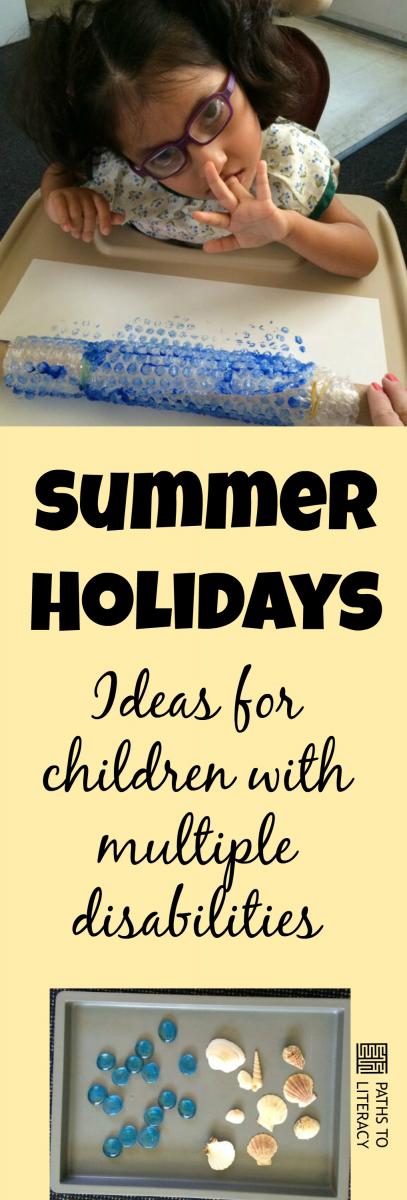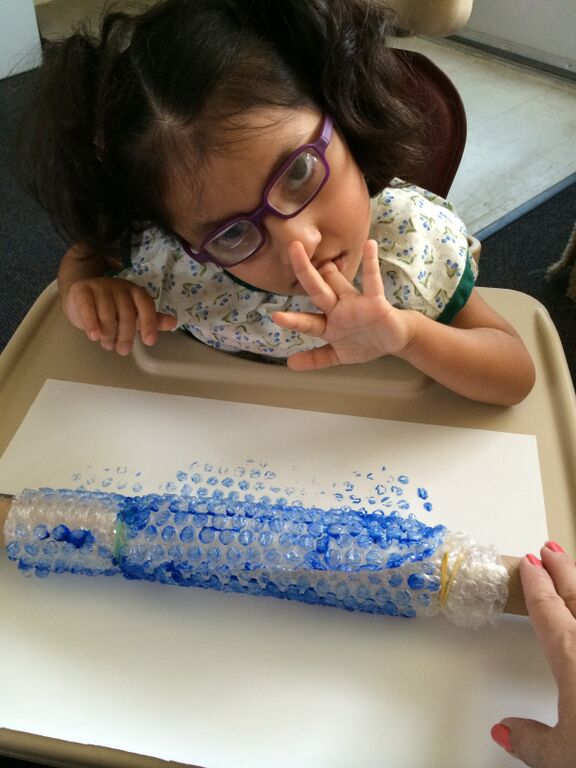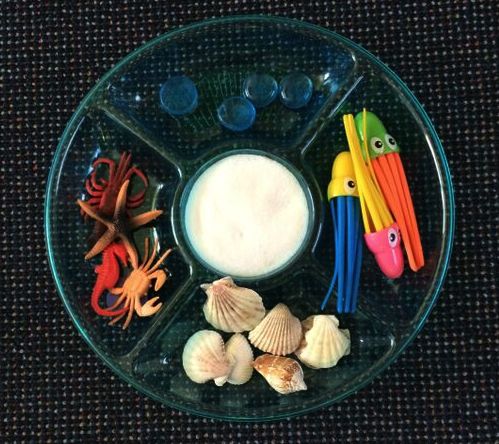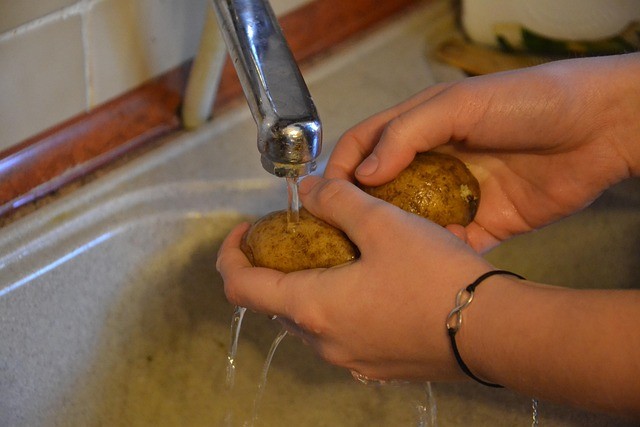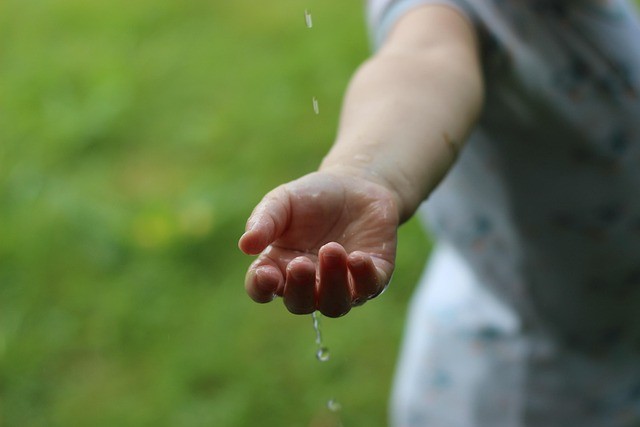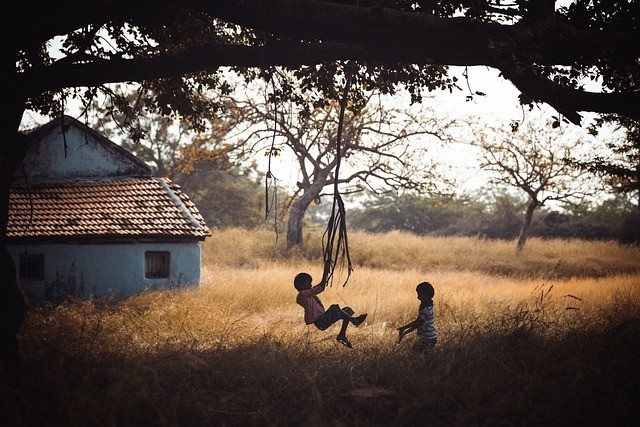Meaningful summer activities can be a struggle to plan when it is too hot to go outside. It can be helpful to make the long summer days enjoyable by planning a daily activity for the week. For example, Mondays are sensory days, Tuesdays are art, Wednesdays are literacy, Thursdays are Music and Fridays are toy days.
Create a Calendar for the Week
A very simple calendar can be created so the student knows what to expect for the day. (And it is an easy way to sneak in literacy). Put the objects that would represent the activity in a basket. Cut up a large piece of black flannel board. Present the object against the board before the activity starts. Some students may be ready for each object to be attached with Velcro across the board for each day of the week. At the end of the activity, put in a basket. This activity comes from the calendar systems that are used with students with a dual sensory loss. They are very effective with students with a visual impairment also.
Sensory Trays
Create rotating sensory trays using a divided chip and dip platter. We started this in my classroom at the end of the school year. I had wanted my students to have a sensory tray to experience typical summer/beach materials. The para-educator I work with came up with this great idea to sort the objects in the dish. After we discussed it, we thought it would be easy for parents to implement all summer, using a variety of sensory items. We sent home a summer sensory fun basket. Included in the basket were bubbles, a small nubby ball, playdough, glow sticks, and a handheld soft toy. These items were chosen because they could play with them with their parents or siblings, and were classic summer items. We worked with our students the last week of school, using the items in their basket, so they were somewhat familiar with them. The students loved the bubbles the best this year.
Summer-Themed Sensory Trays
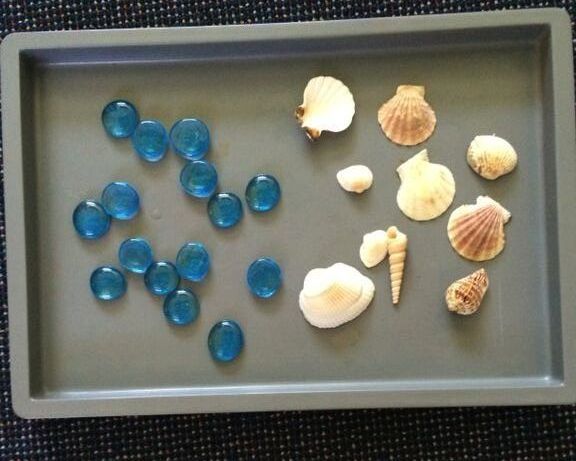
The Beach:
We don’t have the beach where I am from. But it is easy to bring the beach in. Put sand in the dip portion of the cup. Fill the other sections with starfish, sea shells, large smooth pebbles, etc. In my class we also added animal toys- crabs and squids because they had great textures to them.
Water Toys:
Place water in the dip portion of the bowl. Put a variety of water toys in each section. Items to include are cut up sponges, loofahs, bath toys, splash ball, a small strainer, washcloths, etc. The items can easily be found around the house or at the dollar store. Each item has a different texture and characteristics, yet the water is the common thread. Water play can be so relaxing, and refreshing in the summer.
The Outdoors:
If it’s cool enough, go outside to collect nature items. Fill the tray with leaves, grass, flowers, tree branches, rocks, etc. Try to find several different types of each item: different types of leaves, different lengths of grass, whole flowers and flower petals, varying tree branch lengths and several different rock sizes. This allows not only for exploration but opportunities to compare and contrast.
Art:
Sometimes art activities can be intimidating because they can be so messy. But they don’t always have to be really messy. Scented playdough is a great activity. If you purchase playdough from the store, you can still add scents such as peppermint, cinnamon, or vanilla. Help your student manipulate the playdough. Another choice is to make different shapes from the playdough, and play with them together. Sometimes I will make small balls and the student and I will roll the balls along the table. Another activity is to secure bubble wrap to a paper towel roll. Coat the bubble wrap in paint. The student holds each end the roll, and paints a picture. This activity makes a great sound while the student paints. Marble painting is a classic activity. It’s fun and easy to do. Place a piece of construction paper in a shallow box. Place several marbles in the box and pour paint thinned with water over the marbles. Help the student hold the edges of the box and roll the marbles from side to side.
Books:
I think it is always fun to read to children. You can read a book, with or without textures and story box items. The iPad is another great source of books. There are apps that will read the story aloud on a tablet. Hallmark has a ton of stories (free) that read the text. The stories are interactive, and when pictures are touched on the screen, the respond differently. You can also record the story with your voice. This is another good way to engage siblings and cousins. Often, older children love to read the stories and do different voices. There are many stories on You Tube, that can be accessed on a smart tablet or even a smart tv. Eric Carle reads a few of his stories: I find it fun to have the author of the story read it.
Music:
Music activities are great because they can easily be adjusted to be age appropriate. Play their favorite music on the radio, IPOD, Pandora etc. Play along with a rain stick, drum, bells, or shaker. Young students are often fans of Laurie Berkner and Hap Palmer. Older students enjoy Radio Disney, Kidzbop or pop songs on the radio. This activity is another one that is fun to do with siblings and cousins. It involves the children as a group and they can participate as a “band”. If the activity is too overwhelming; start small. Practice just playing with the instruments. Then on another day play the music and sing along. Later, combine the music with the instruments. My preschool students start out playing an instrument while I sing quietly, and they work up to playing along with a CD.
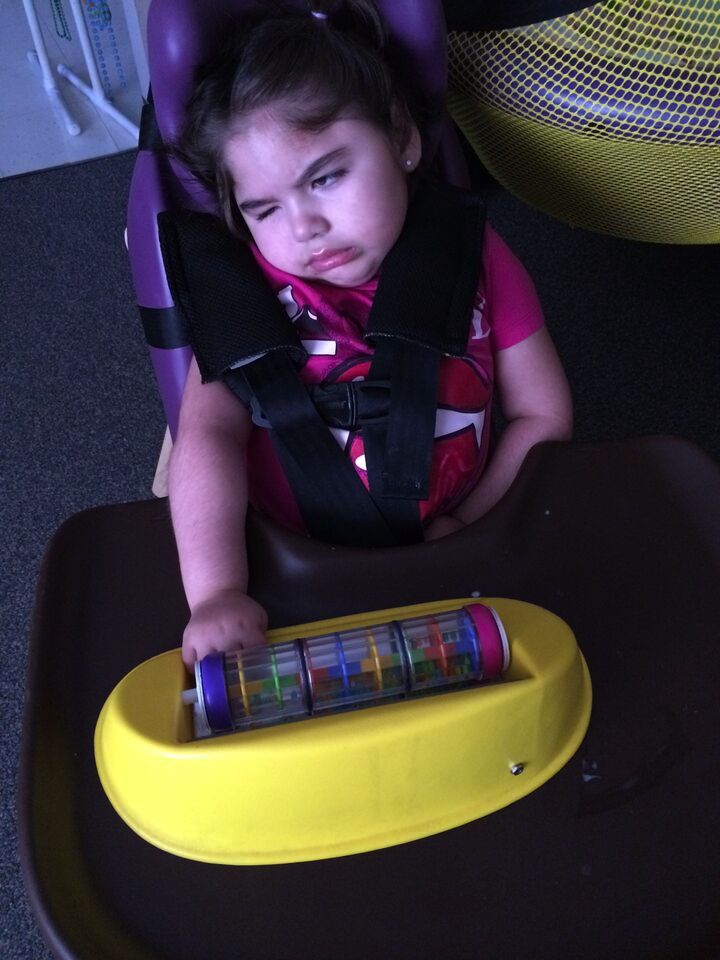
Toys:
Let’s play! Students need to learn how to play with toys. Teach them how, and have some fun. Play is such an important part of development and I can’t emphasize its importance enough. Choose a toy or a few toys to teach the student how to use it. Some examples are blocks (knocking down blocks is a ton of fun!), toy peek-a-boo: hide the toy under a blanket and then find it, rolling or kicking a ball. Students can learn to kick a ball sitting in a supportive chair with their legs and feet free to move. I hung the large red crinkle ball from APH from a command hook in a door way. This enables the student to bat or hit the ball, and the ball comes back.
These activities are easy to implement. Some may need a minimal investment of time and materials. The activities can be done one on one with the student and siblings can easily be included. Summer can be fun for the whole family!
